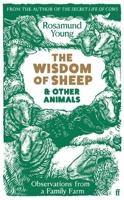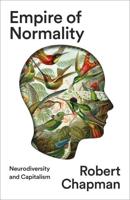Publisher's Synopsis
In India, a caste system organizes division of labour and power in human society. It is a system of social stratification, and a basis for affirmative action. Historically, it defined communities into thousands of endogamous hereditary groups called Jatis. The Jatis were grouped by the Brahminical texts under the four well-known caste categories (the varnas): viz Brahmins, Kshatriyas, Vaishyas, and Shudras. Certain people were excluded altogether, ostracized by all other castes and treated as untouchables. Although strongly identified with Hinduism, caste systems have also been observed among other religions on the Indian subcontinent, including some groups of Muslims, Buddhists and Christians. The latter are similar to the caste system reported in the Igbo-Osu Christian community in Africa. Caste is commonly thought of as an ancient fact of Hindu life, but various contemporary scholars have argued that the caste system was constructed by the British colonial regime. Caste is neither unique to Hindu religion nor to India; caste systems have been observed in other parts of the world, for example, in the Muslim community of Yemen, Christian colonies of Spain, and Japan. The Indian government officially recognizes historically discriminated communities of India such as Untouchables and Shudras under the designation of Scheduled Castes, and certain economically backward castes as Other Backward Castes. The book analyses the relevance of his struggle in the context of contemporary conditions, noting the diverse trends in the post-Ambedkar Dalit struggles.










